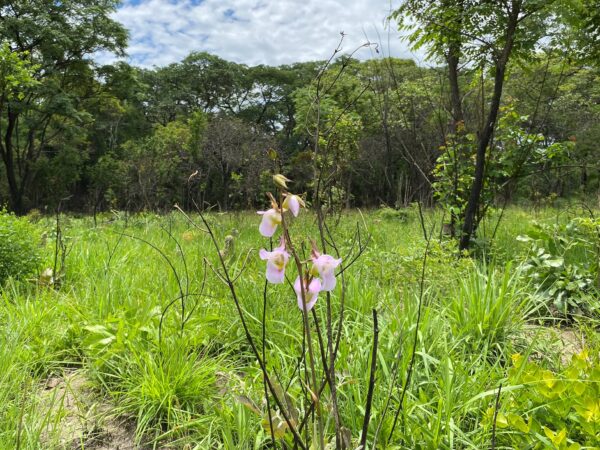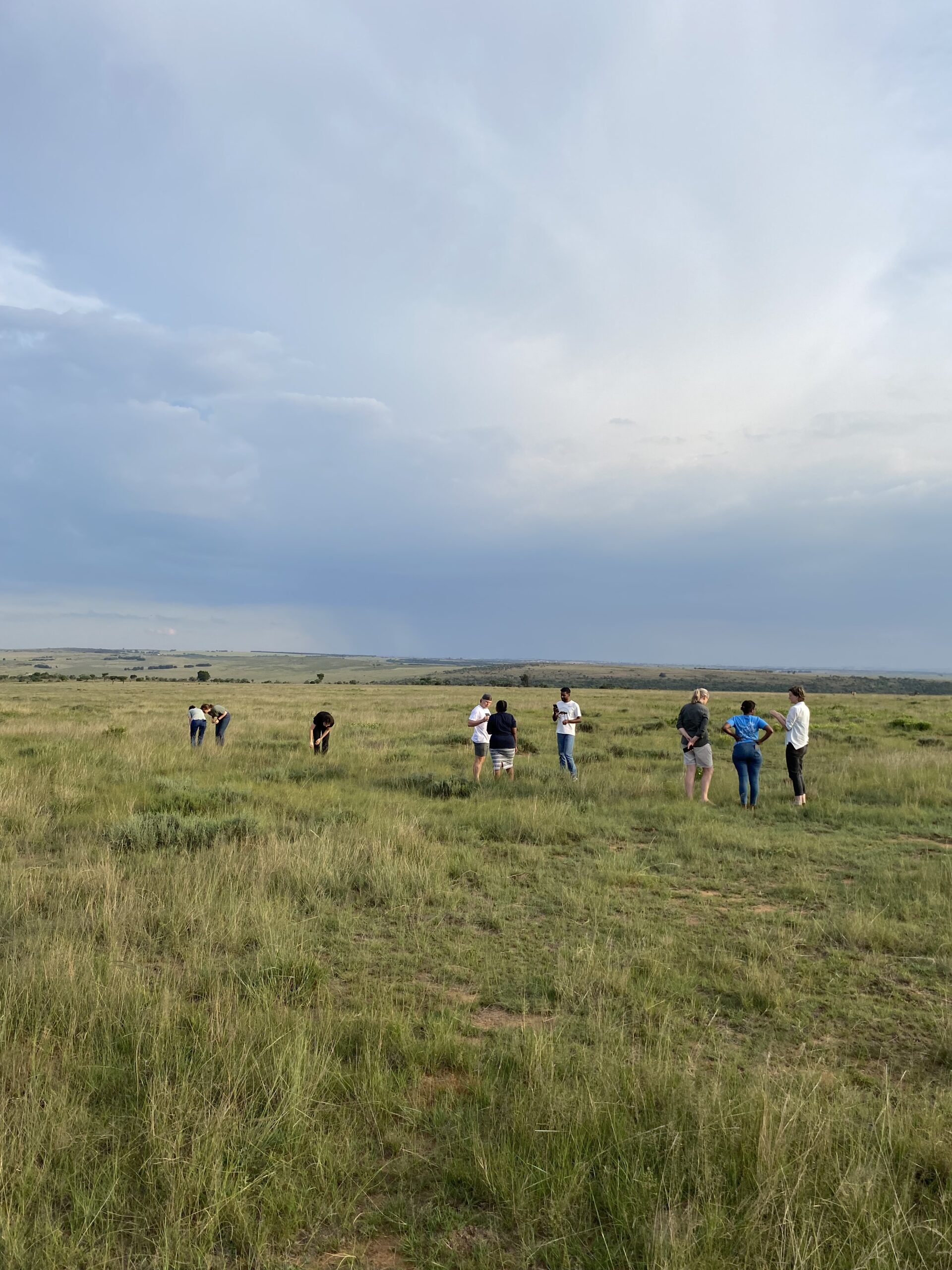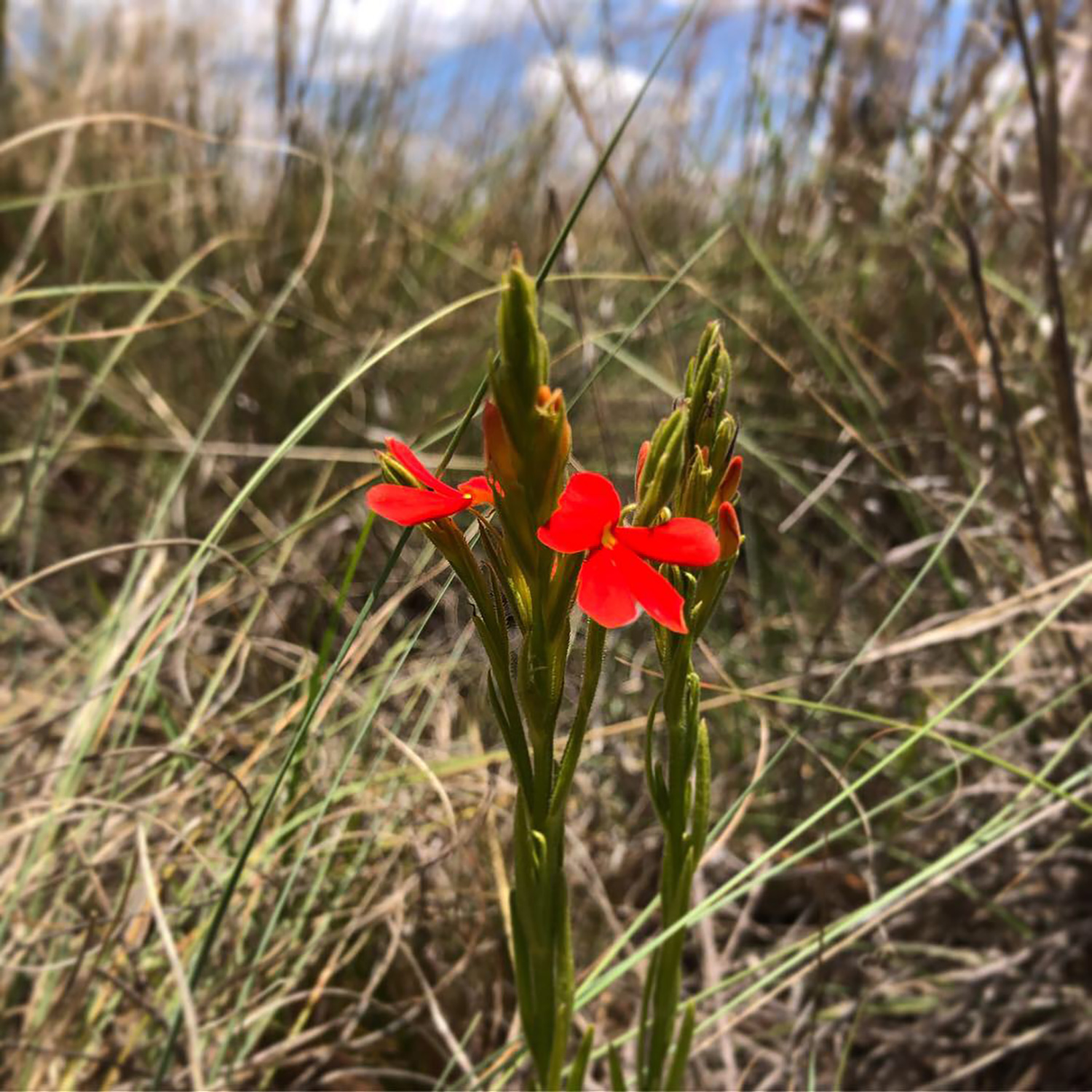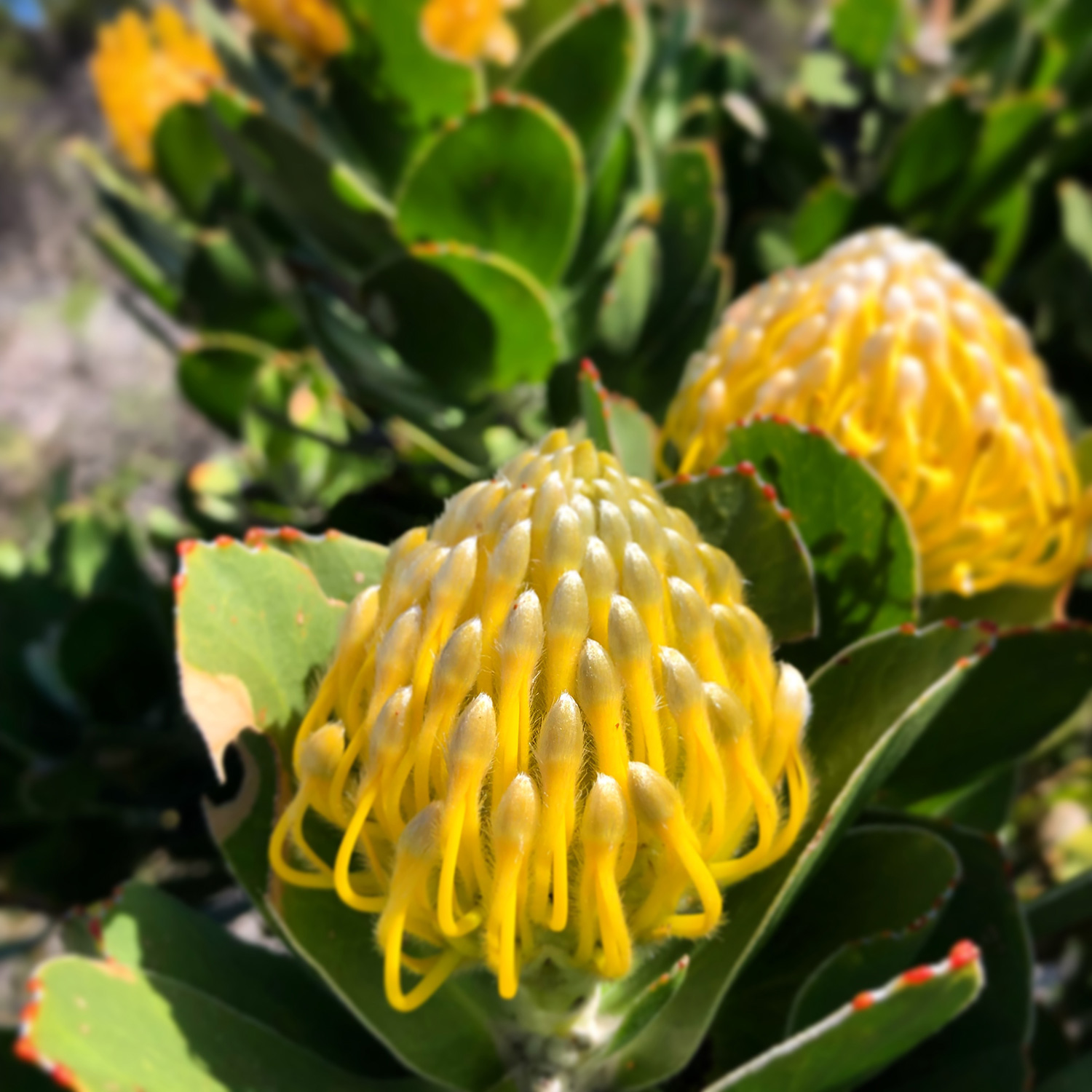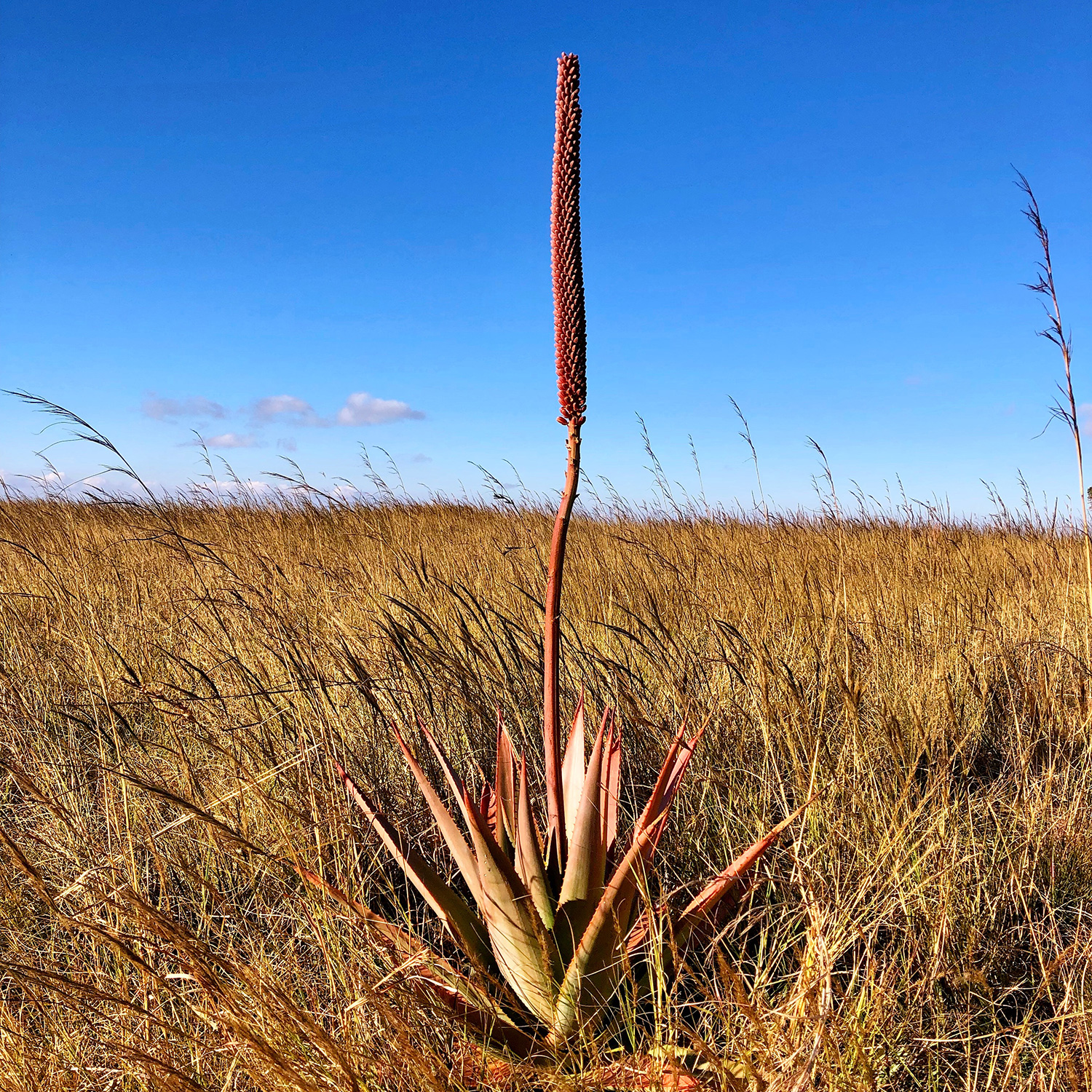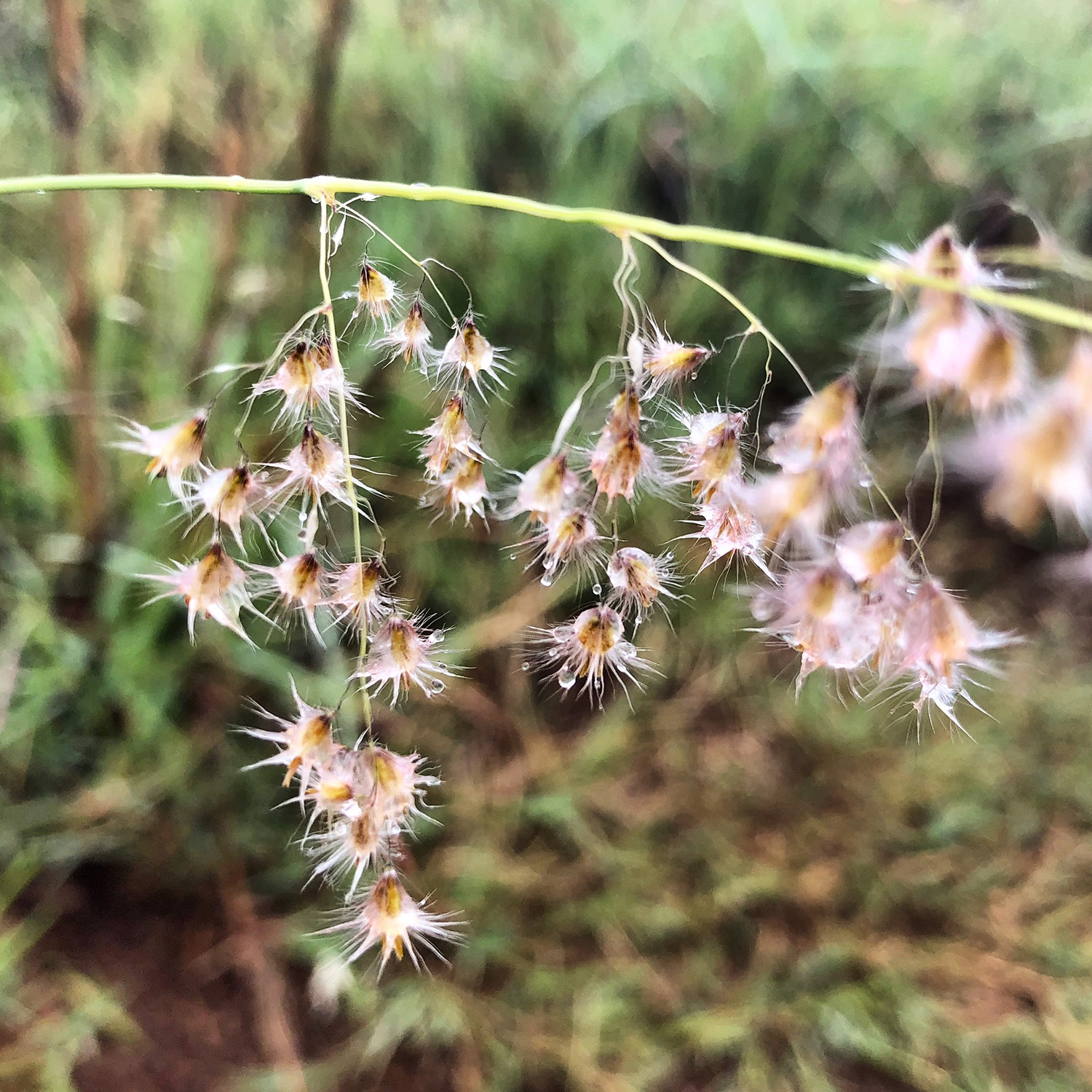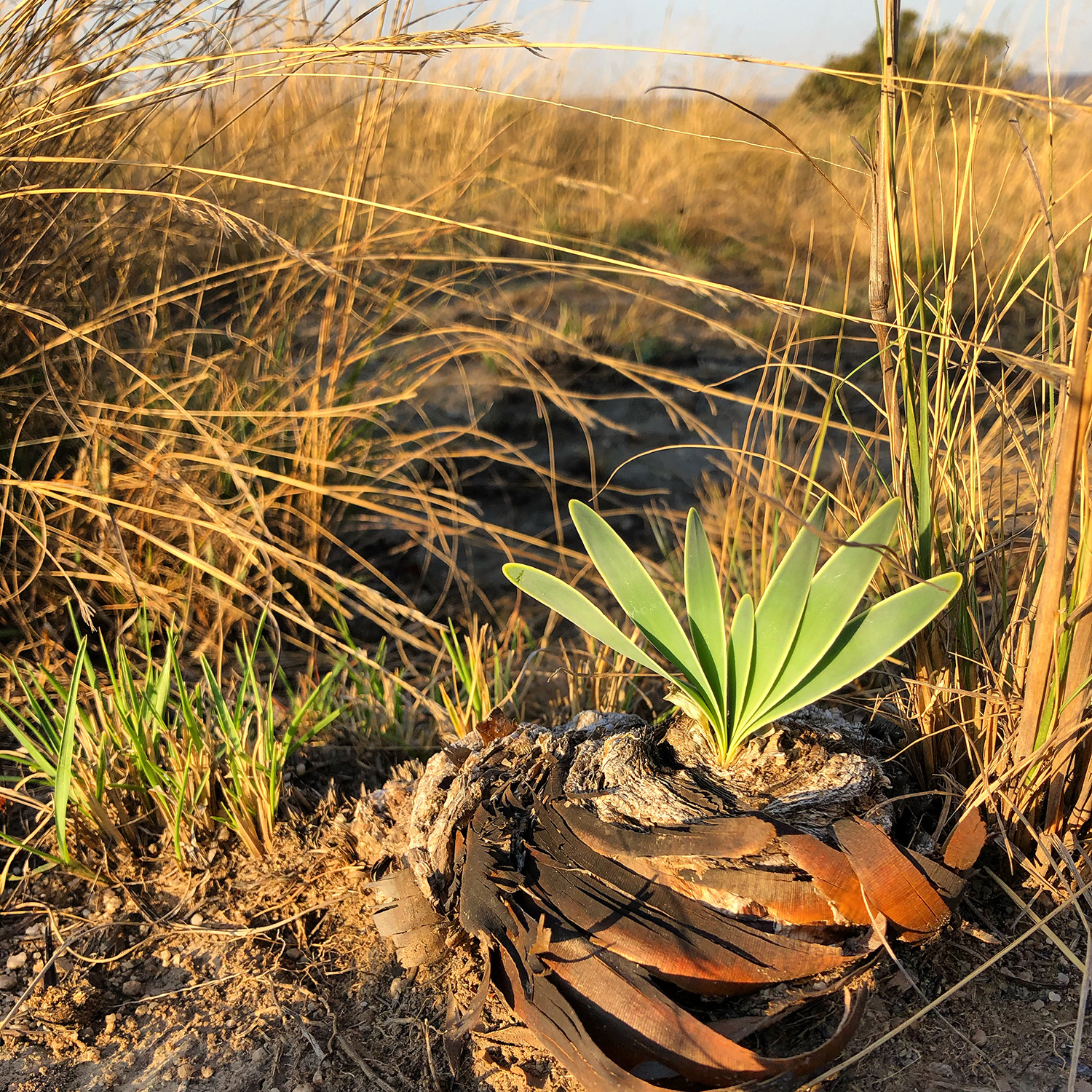Introducing OpEN
By Caroline Lehmann, February 2021.
Welcome to OpEN! OpEN is the Open Ecosystems Network.
In the lead up to COP26 in 2021, every day there seemed to be a new story in the media about tree planting to address climate change, threats to forest ecosystems or how forests were being transformed to savannas. The media, policy makers and consequently, the public either had little interest or understanding of the open ecosystems that span 50% of the global land surface. Cutting edge science spanning disciplines sees each of those three points differently.
First, it is well recognised that tree planting can not solve climate change. Addressing climate change requires transformation of our energy and agricultural systems to put the world on an equitable and just path to decarbonisation. Appropriate ecosystem restoration can contribute to mitigation but only fractionally. However, open ecosystems are targets for misguided afforestation programs under the guise of restoration that have cascading negative impacts on biodiversity, water and people and can perpetuate inequalities around land and development. As an ecologist, it is hard not to see tree planting in open ecosystems as a delay tactic to the real problem and one that replicates colonial approaches to land.
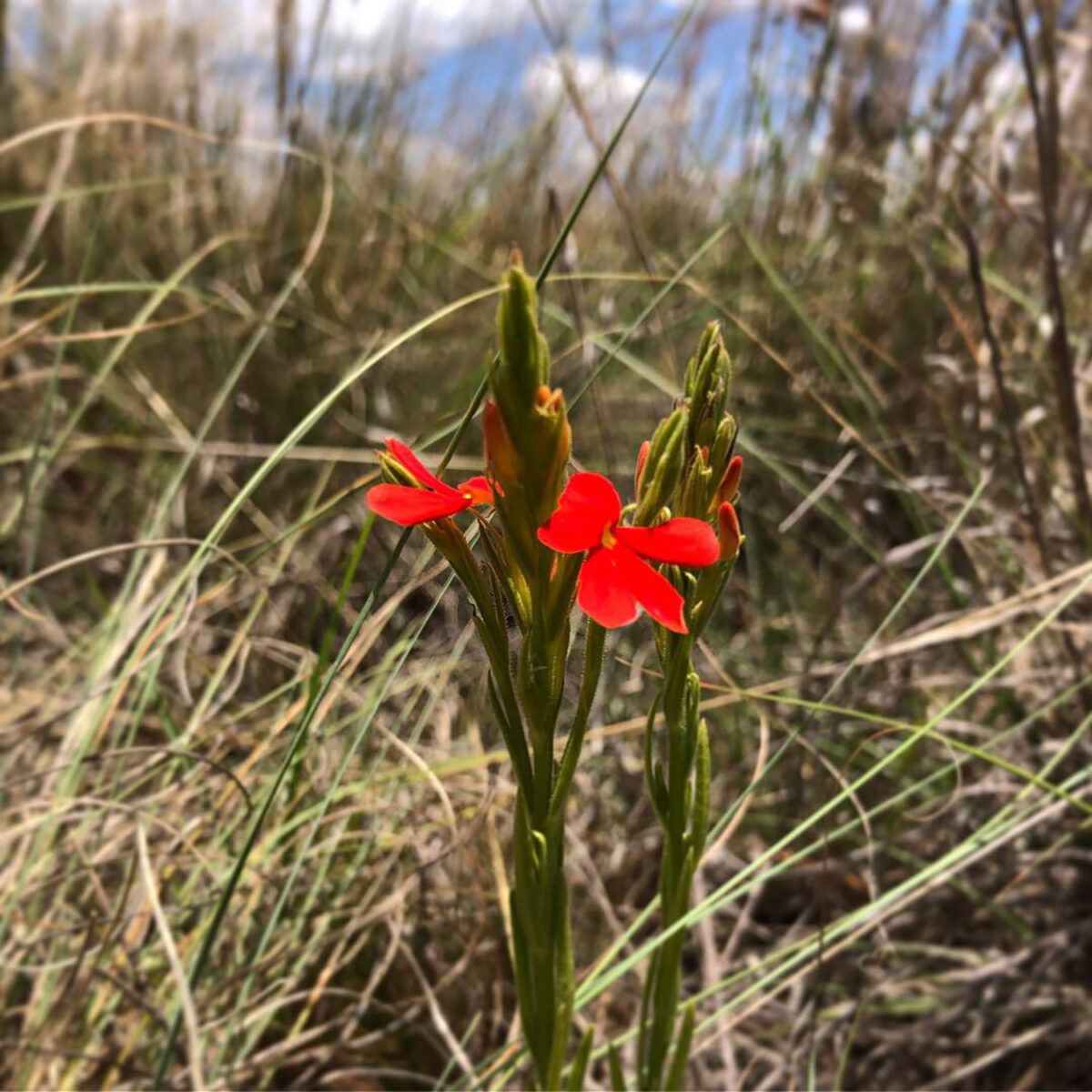

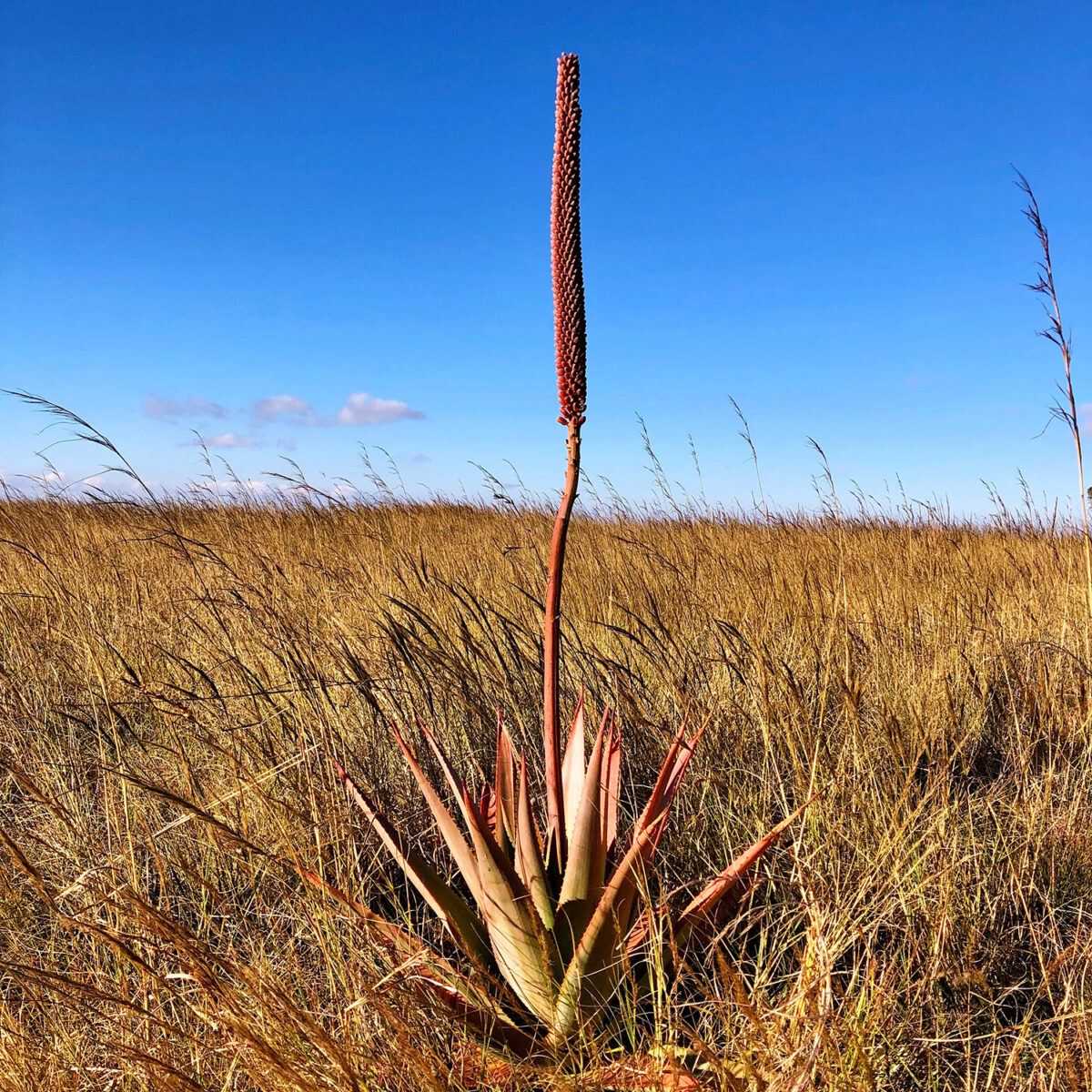
Next, forests are heavily threatened and impacted by land transformation and climate change but no more than open ecosystems of grasslands, savannas and shrublands. There is an awfully large amount about clearing of the Amazon in Brazil, but what about the Cerrado? It’s been cleared at twice the rate of the Amazon and is a global biodiversity hotspot. Other examples are the Great Plains of North America where only 3% of the original ecosystems remain. Or the Long-leaf pine savannas of the SE of North America that have also been transformed with just a few percent remaining. Open ecosystems have been preferentially transformed because it is easier – there are simply fewer trees to remove. However, in open ecosystems, ploughing for intensive agriculture is akin to deforestation; it can take hundreds of years for open ecosystems to recover.

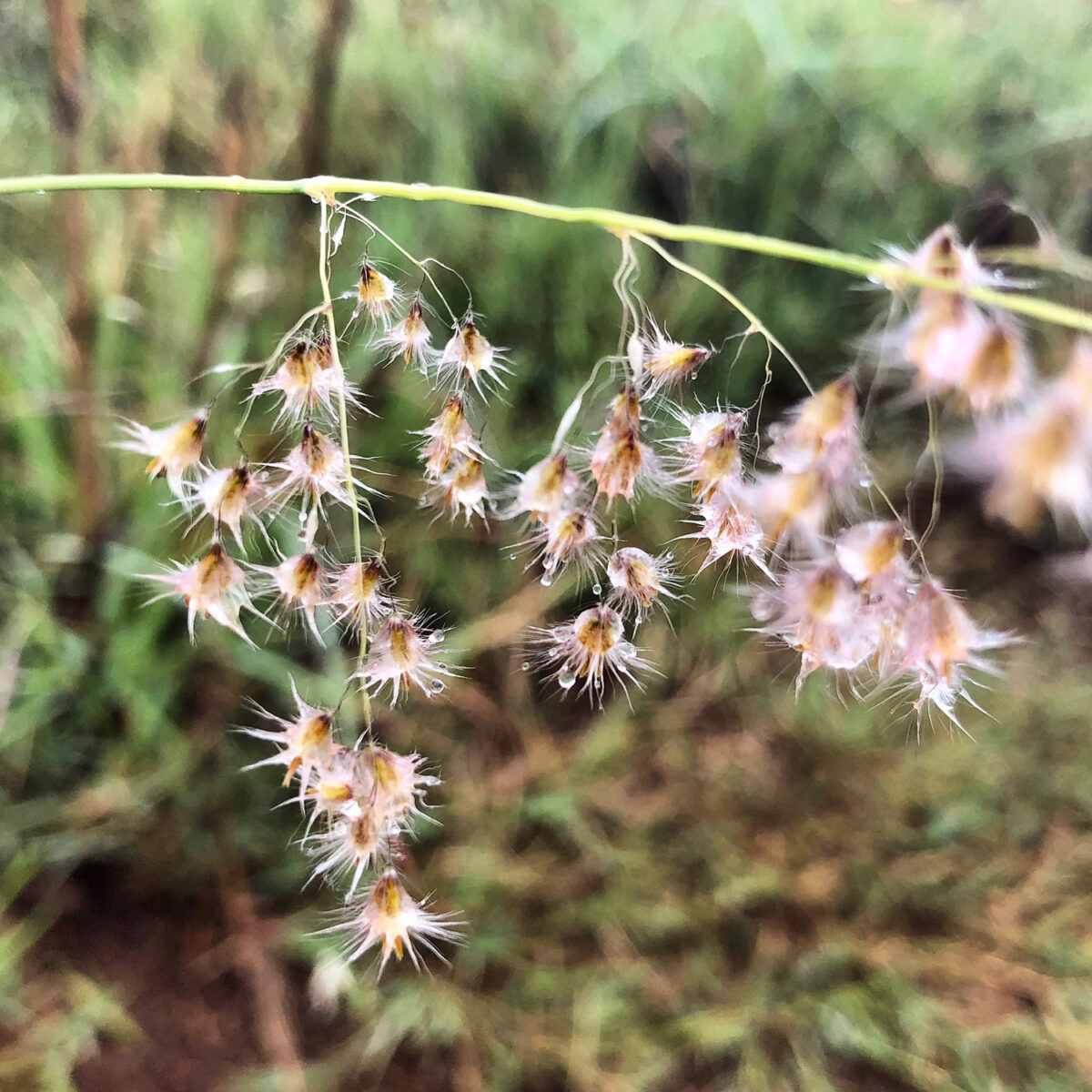
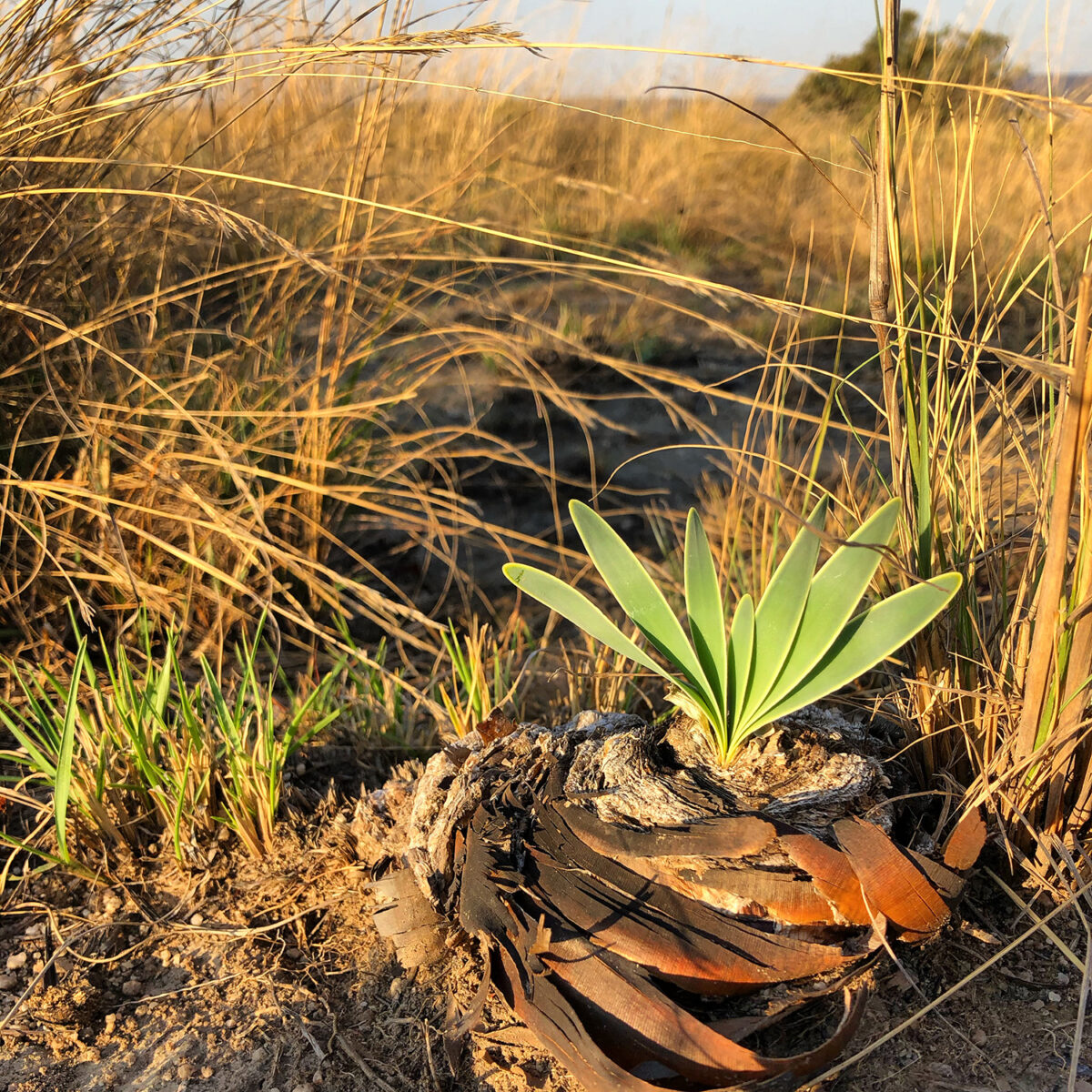
Finally, open ecosystems are an assembly of ancient ecosystems, and while the degradation of forest may make them structurally similar to open ecosystems; the biodiversity value and resilience to environmental change of open ecosystems are drastically different to that of degraded forests. Ecology and our understanding of ecosystems has to contend with the intellectual legacy of climate determinism and tree-centric thinking that is more 20th Century thinking than 21st Century thinking.
Why does little of this cut through in policy and media realms? Why are some ecosystems valued more than others? Why are open ecosystems missing from global policy agendas? As 2021 crept on through the pandemic, I was losing sleep over what seemed inevitable at COP26, that global agreements would be made that ignored the diversity of ecosystems on Earth, vast amounts of climate finance would be unlocked and there would be a subsequent major push to regreen with limited consideration of ecology and people. Many colleagues the world over shared my views and understanding of open ecosystems, and we’d already been writing about these problems for years. My lack of sleep sparked OpEN and this website as a portal for the latest information about open ecosystems for the public, policy makers and practitioners. Over 100 scientists across disciplines have so far signed up as affiliates of OpEN and dozens have contributed to the content on this site. We aim for open ecosystems and their unique biodiversity and their contributions to people and planet be recognised in global policy agendas and to advocate for these policies to be environmentally and socially just.

